Installing a home charging station is the simplest way to charge an electric vehicle with peace of mind and save money. Before buying a charging station, here's our advice for a successful installation without any surprises and to ensure optimal charging!
1. Find out about your electrical installation
In France, home electrical installations can be single-phase or three-phase:
- A single-phase installation is commonly used in homes, providing stable power with a single phase and a neutral.
- Three-phase installations, on the other hand, are often necessary for homes with energy-intensive equipment, offering a more balanced power distribution across three separate phases and a neutral.
Thus, a single-phase electrical network does not distribute power in the same way as a three-phase electrical network.
Therefore, your electrical installation will determine the configuration of the charging station you need to purchase. To find out what type of electrical installation you have, you can refer to your electricity subscription contract or check your electricity meter to see if the information is displayed there.
⚡ Single-phase or three-phase: a quick guide to checking it with Linky
🔹 Single-phase:
- Subscription ≤ 12 kVA
- 1 single thick cable to the circuit breaker + "Phases: 1" on the Linky meter
🔹 Three-phase:
- Subscription ≥ 18 kVA
- 3 thick cables at the circuit breaker + "Phases: 3" on the Linky meter
⚠️ 15 kVA can be either. Check this information directly on your Linky meter by pressing the "+" button to scroll through the details:
- If it displays “Subscribed power: 9 kVA - Phases: 1” → Single-phase
- If it displays “Phases: 3” → Three-phase
💡 When we talk about a subscription in kVA (kilovolt-ampere), this refers to the power limit that your meter cannot exceed when your appliances are operating at the same time.
Electricity subscriptions are generally expressed in kilovolt-amperes (kVA) and correspond to the sum of the subscribed power for each of the three phases. For example, an 18 kVA electricity subscription for a three-phase installation means that each phase can supply up to 6 kVA of power.
Most of the time, the charging station will be compatible with the existing electrical installation. This avoids increasing your electricity bill. In some cases, however, it will be preferable to upgrade the electrical installation.
2. Choose a charging station compatible with your electrical installation
To charge an electric car at home, you have the choice between a single-phase charging station and a three-phase charging station.
The single-phase terminal It operates on a single electrical phase, allowing it to deliver up to 7.4 kW of charging power. This is a practical option for speeding up home charging times when a standard outlet takes too long, or for saving money through load shedding.
💡 Good to know: A three-phase charging station can be installed on a single-phase network, provided it is compatible. In this case, it will operate on single-phase power with reduced output (for example, 7.4 kW instead of 22 kW).
The 22 kW three-phase charging station is the most versatile electric charging station, offering optimal power regardless of the electricity subscription.
Here are our recommendations for installing a charging station that is suitable for your electrical installation:
-
For a single-phase installation , you are free to choose the charging station of your choice. There is no impact on charging speed; only the purchase price of the station may vary depending on your selection.
-
For a three-phase installation , it is recommended to choose three-phase compatible components (charging station and vehicle). This ensures no power limitations during charging, thus providing an optimal and efficient charging experience.
Once you know your electrical installation and the power of the charging station to prioritize, you can choose the charging station that suits you.
3. Choose a charging station that suits your needs
Electric charging stations incorporate various connectivity and advanced control features. They may include all or some of the following:
- Remote control via app or web interface
- Scheduling charging times
- Energy consumption monitoring
- User identification (access card, app, etc.)
- Over-the-air (OTA) software update
- Dynamic energy management (via the terminal equipped with load shedding, an external load shedding module or directly by connection to the Linky meter)
- Integration with solar panels or home automation systems
This type of electric charging station can therefore adapt to your needs, connect, communicate, and optimize charging.
Among the features mentioned above, we note the charging control and charging with dynamic energy management (load shedding) which are essential if you prefer to save money instead of prioritizing fast charging of your vehicle.

4. Terminal with attached cable or without cable?
Some charging stations come with an attached cable, while others require the purchase of a separate charging cable.
Each has its advantages and disadvantages: the choice depends mainly on your preferences and your daily use.
🔌 Terminal with attached cable
Benefits :
- Very practical for everyday use: no need to take out the cable or put it away for each recharge.
- Less risk of damaging the socket on the terminal side, since repeated connections are avoided.
Disadvantages:
- The cable can wear out over time and is not always repairable (check with the manufacturer; for example, the Velocy Box allows repair on quote out of warranty).
- Risk that the cable may be too short depending on the vehicle's location → it is better to plan for a comfortable length when purchasing.
🔌 Cable-free charging station (socket plug)
Benefits :
- No risk of theft if the cable is stored in the trunk after use (practical if the installation is outdoors).
- Compatible with different types of vehicles: each can use its own cable (useful if some vehicles are still Type 1, even if the trend is towards Type 2).
Disadvantages:
- Less convenient: you have to plug in both ends of the cable for each recharge.
- Risk of forgetting the cable in the trunk or losing it if there are multiple users.
5. Install a charging station at home
In France, the installation of a charging station of a power greater than 3.7 kW is carried out by a professional with the IRVE (Electric Vehicle Charging Infrastructure) qualification.
This equipment requires the creation of a dedicated line to guarantee better performance without risk of interruption in your home, as well as to ensure an installation that complies with electric vehicle charging standards.
The charging station is installed at your home in the simplest and most convenient location for daily charging with a cable section adapted according to the single-phase or three-phase electrical installation.
For outdoor installation, remember to take a few precautions before installing the charging station to protect it in all weather conditions. For more advice, consult our winter charging guide.
6. The cost of installing a charging station
The cost to install a charging station varies depending on the charging station chosen and the amount of work to be carried out by the installer.
Depending on the power and features, the price of a charging station varies between €500 and €1500.
The professional's installation fees can vary between €900 and €1500.
The total cost for installing a home charging station is estimated at around €1500 before deduction of applicable aid and subsidies.
7. Declare the charging station to your insurance company
Once the professional has installed the charging station at your home, remember to declare your charging station to your insurance company in order to protect yourself.
💡 Good to know: A charging station installed directly in your house or in an outbuilding on your property is generally covered by your home insurance policy.
8. Check your electricity subscription
It is often assumed that installing a charging station will allow it to charge at its maximum capacity. However, the available power from your grid is generally lower, as it is also used by your household appliances and other sources that might draw power from your system (ventilation, lights, etc.).
To ensure accelerated charging in single-phase, it is recommended to have a minimum subscription of 9 kVA.
In three-phase, a minimum subscription of 12 kVA is sufficient to charge an electric car at home with accelerated charging.
Contact your energy supplier to check if your current contract is suitable for your electric vehicle charging needs.
9. Charging at a home charging station
Once your charging station is installed, you can start charging your vehicle with ease.
Depending on the model chosen, you will be able to define who has access to the charging station and program charging times to recharge in complete peace of mind, without supervision.
If the charging station is compatible with the Linky meter, it can automatically adjust the charging power in real time, without any programming on your part.
In other cases, you can easily plan the charging via the station's application or your vehicle's application, in order to take advantage of the best pricing slots (such as off-peak hours).
By planning your week in advance, you simply need to plug in the vehicle in the evening when you get home: charging starts automatically at the scheduled time.
Economical, simple and hassle-free.
10. Benefit from aid and subsidies for individuals
For several years now, the French government has provided assistance for the purchase and installation of a home charging station in the form of a tax credit.
This assistance is available to all taxpayers residing in France, regardless of income. The tax credit for installing a charging station covers 75% of the expenses (installation + charging station) up to a limit of €500 per controlled charging system.
You can benefit from a reduced VAT rate for the installation of a charging station by a professional. The VAT rate is then reduced to 5.5% instead of 20%, applicable directly to the quote for the installation work and equipment.
As part of a co-ownership project (multi-family residential building), an individual can benefit from the Advenir grant This subsidy is available for equipping a private parking space or for shared charging stations. It covers approximately 50% of the pre-tax cost of supplies, equipment, and installation, up to a maximum of €960 (excluding VAT) for an individual charging station on a private property, or €1,660 (excluding VAT) for a shared charging station. Installation must be carried out by a certified EV charging station installer or one listed with Advenir. Advenir subsidies are no longer available for single-family homes.
All these subsidies can be combined to reduce the cost when installing a charging station at home.

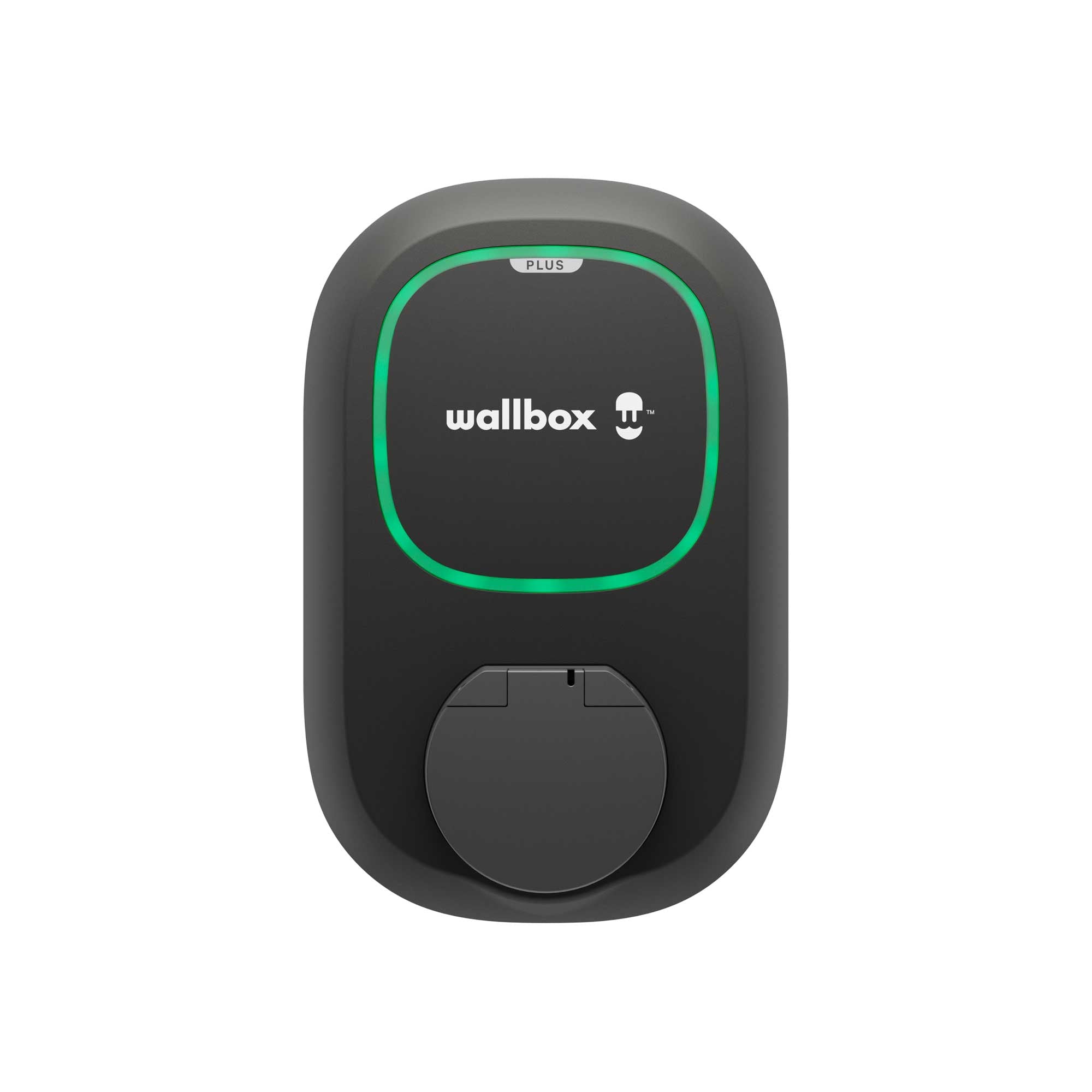
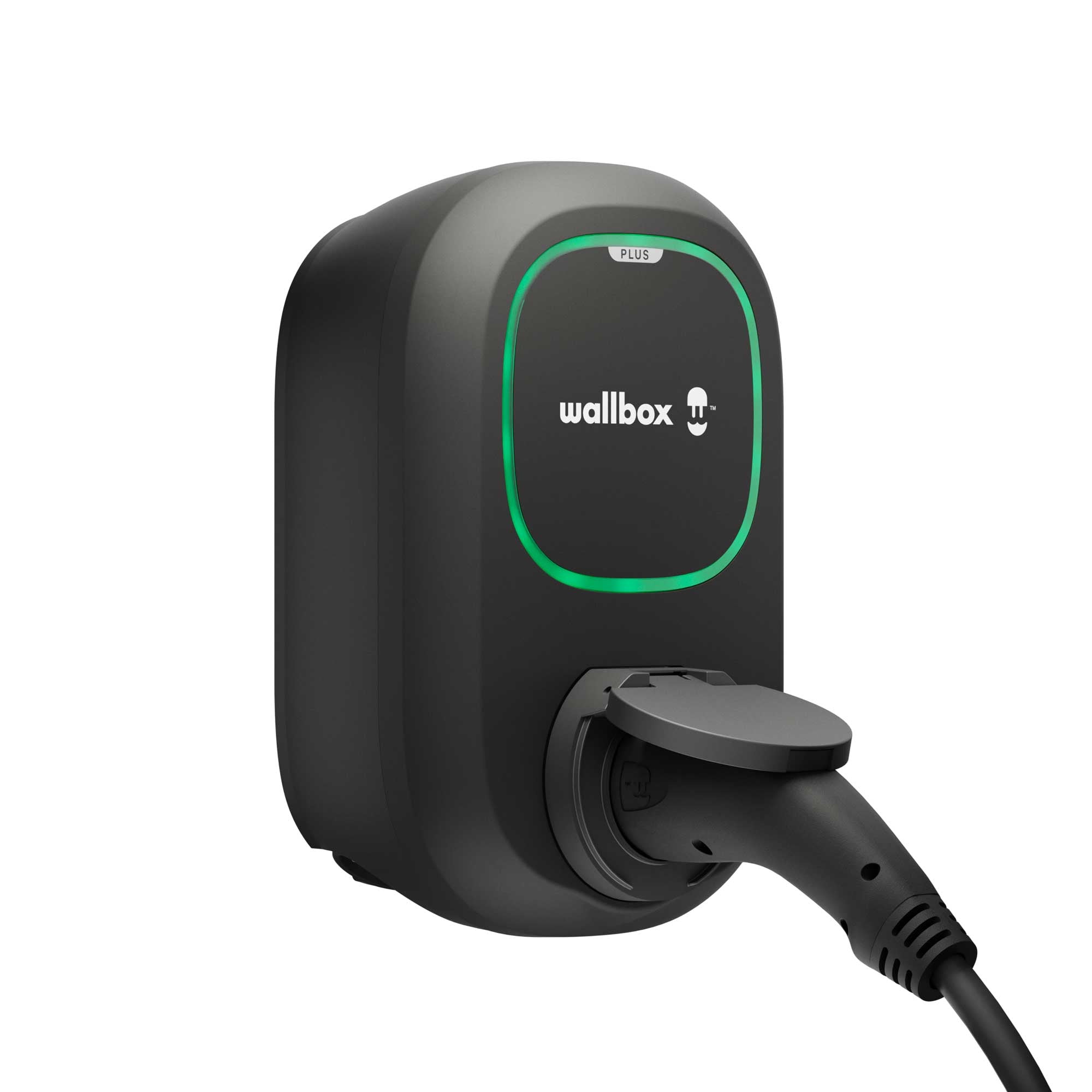
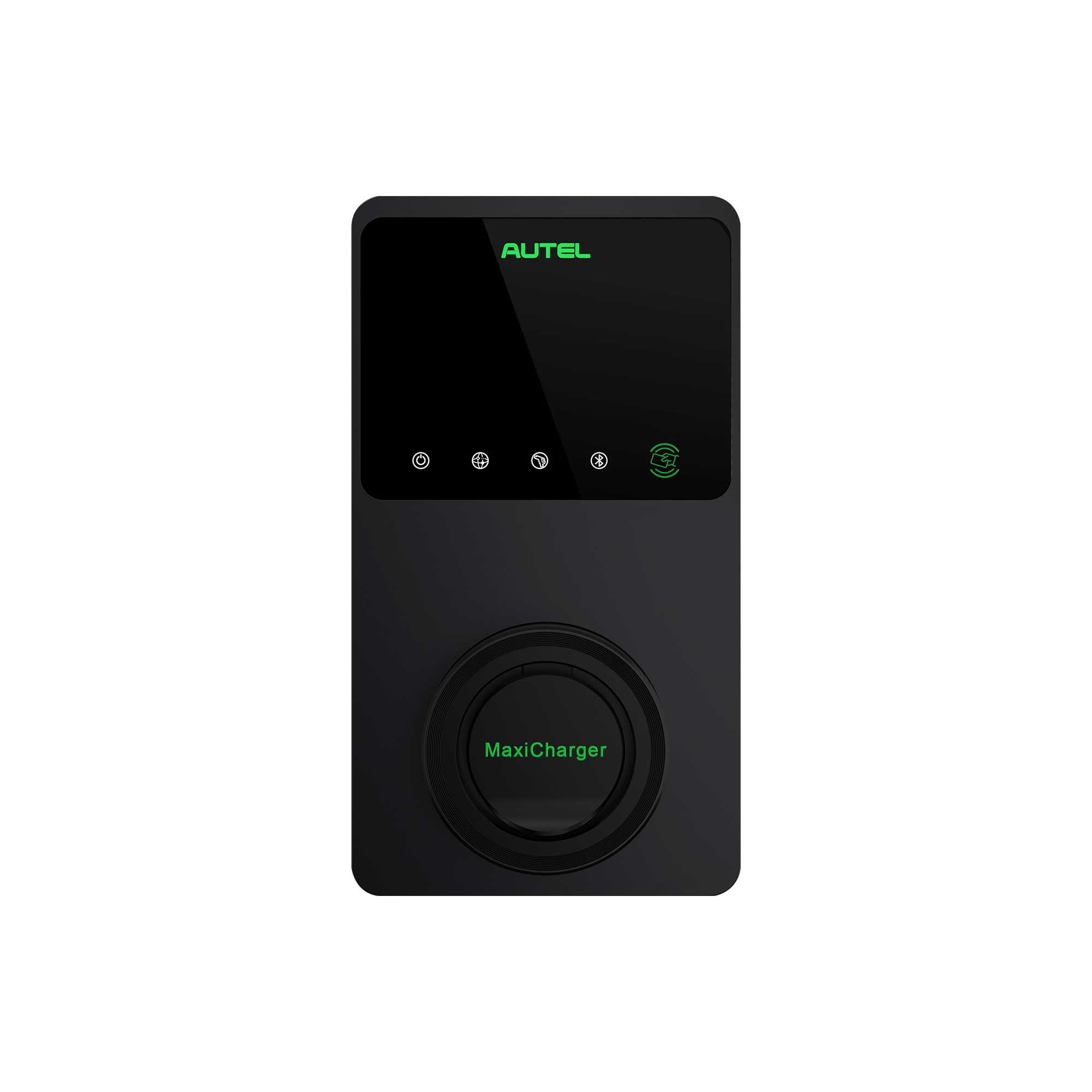
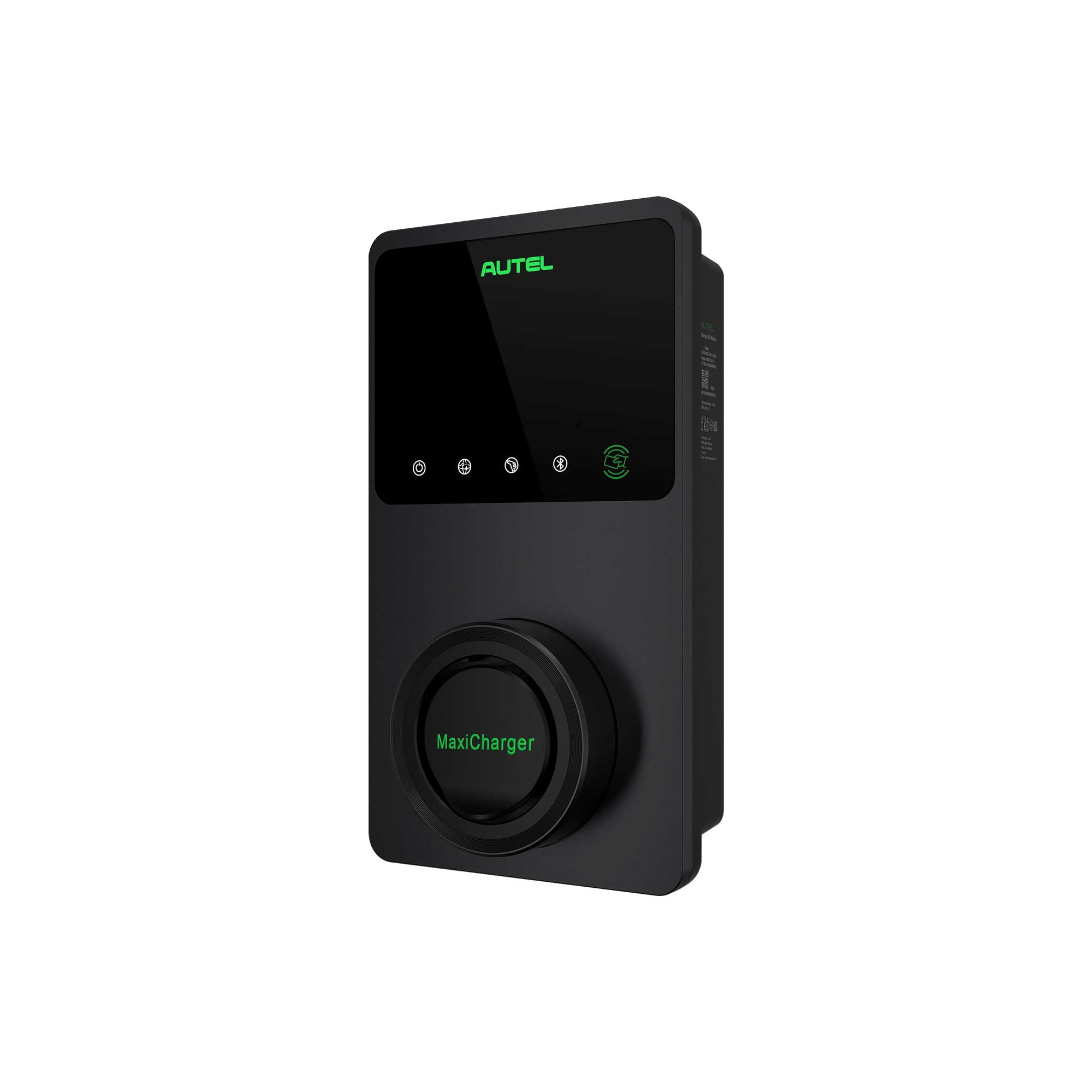
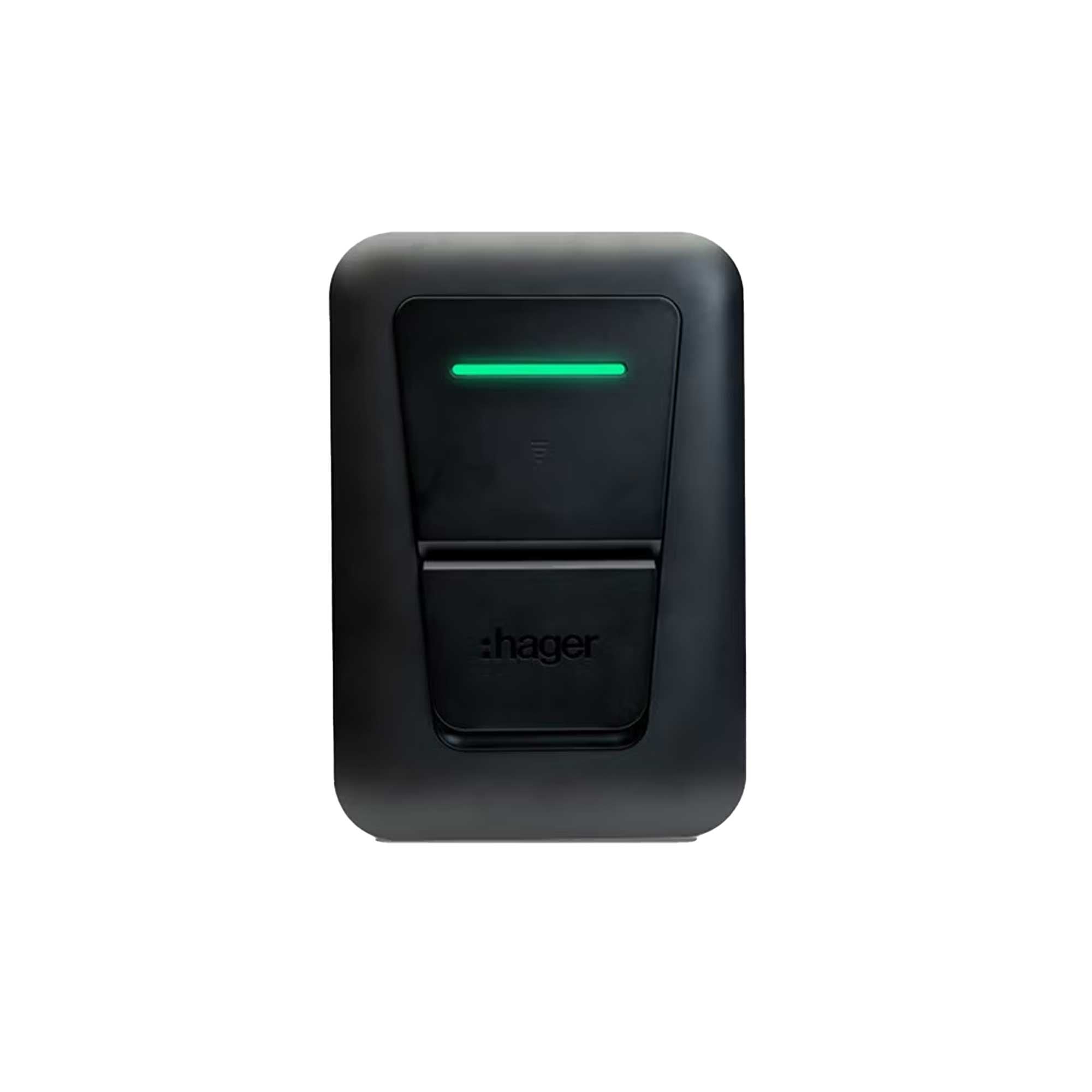
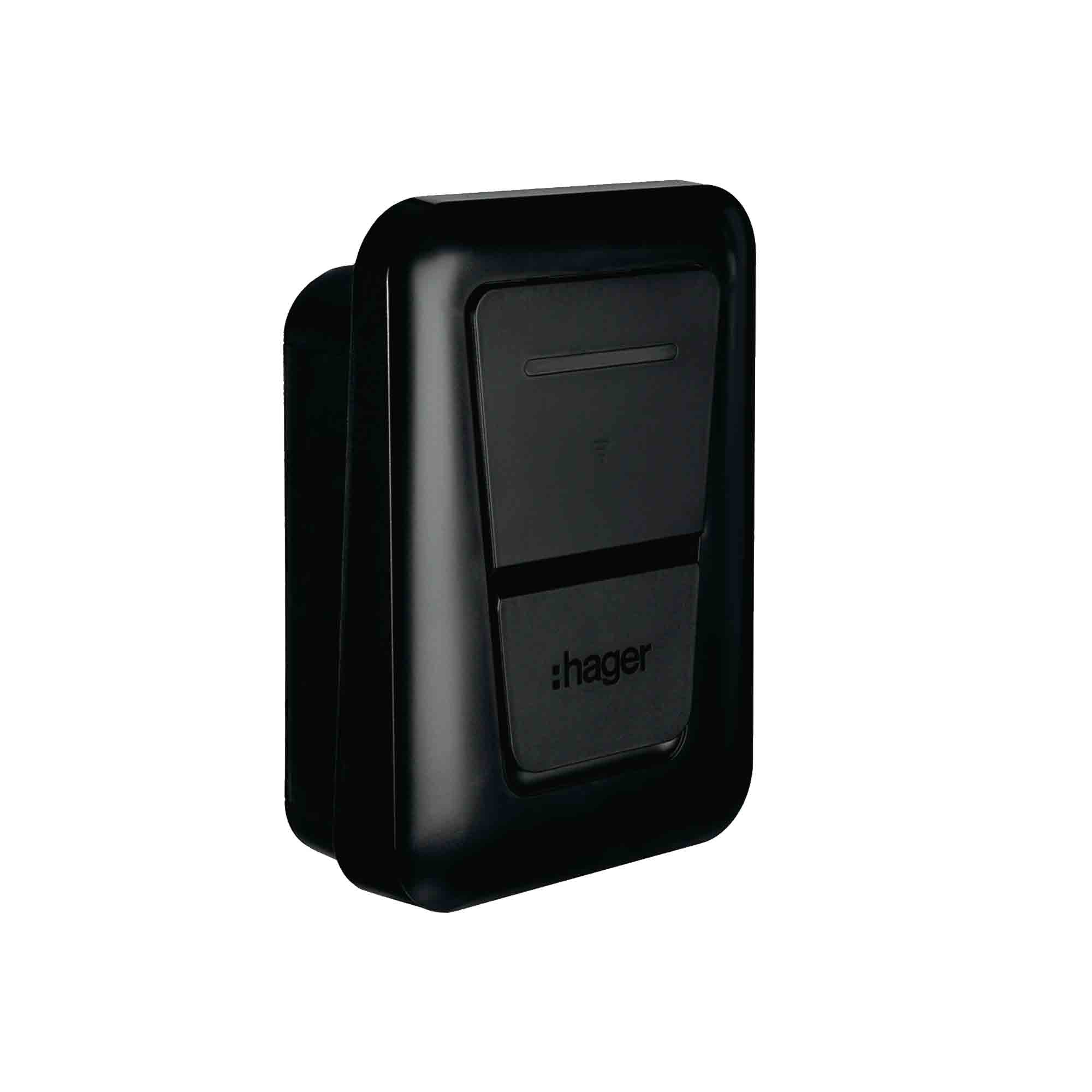

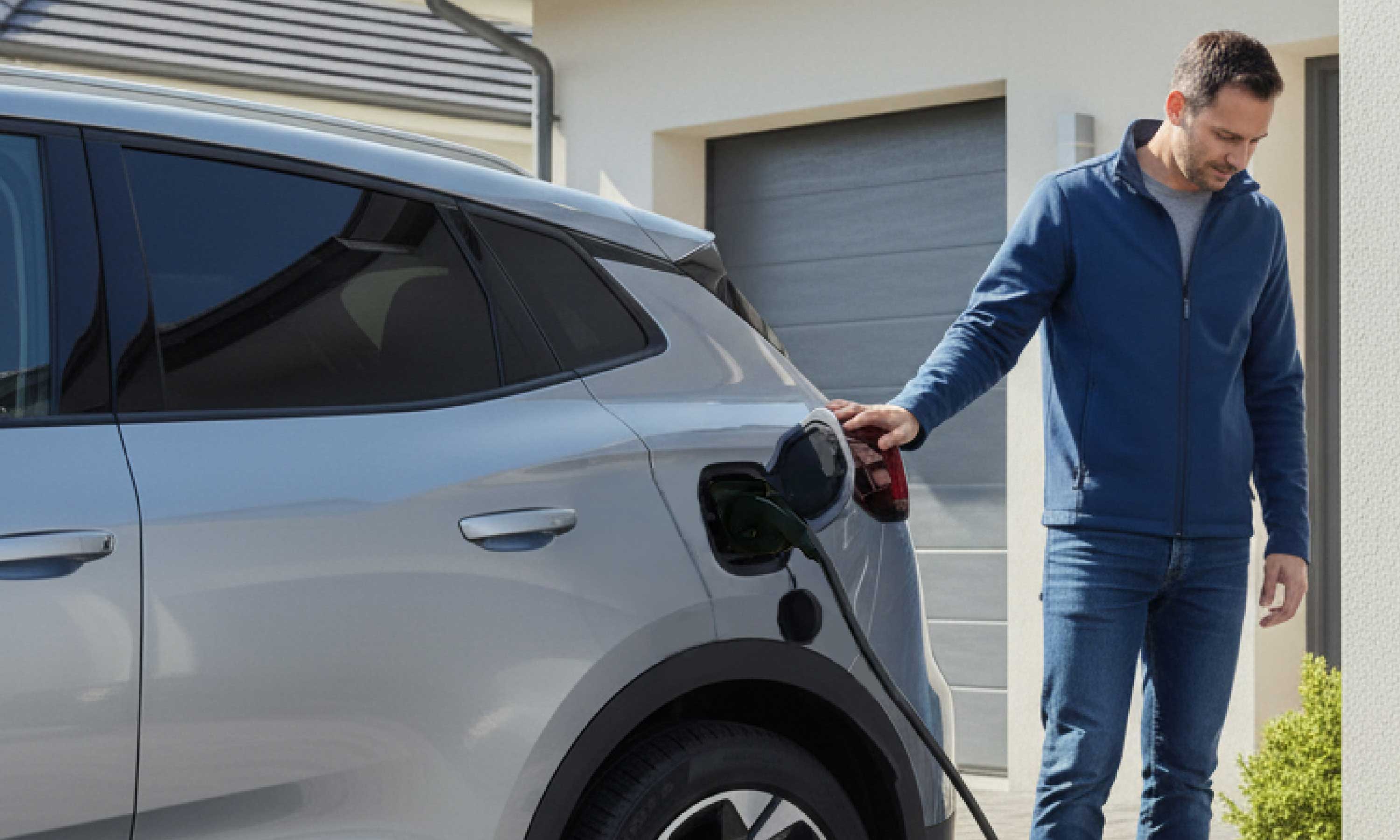
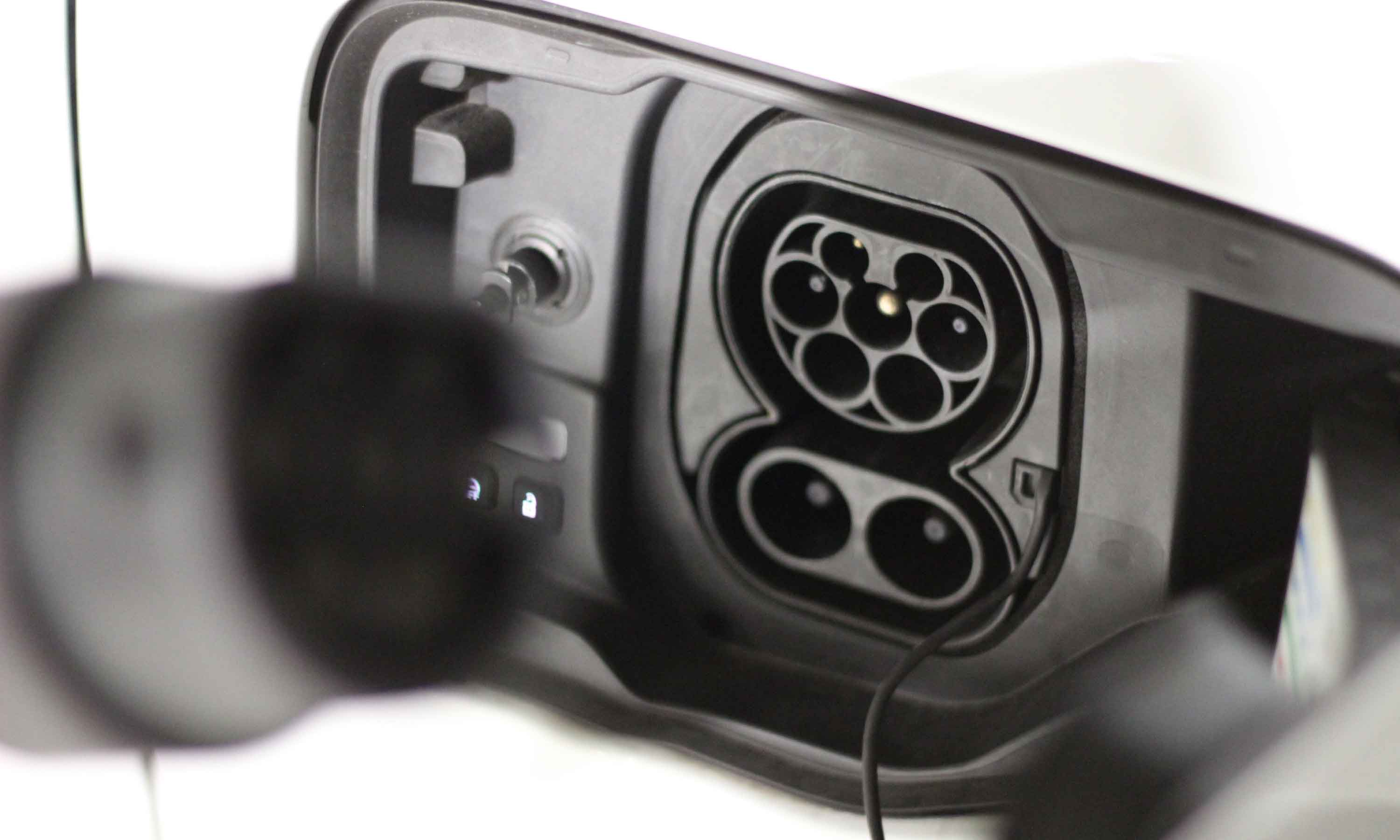
Leave a comment